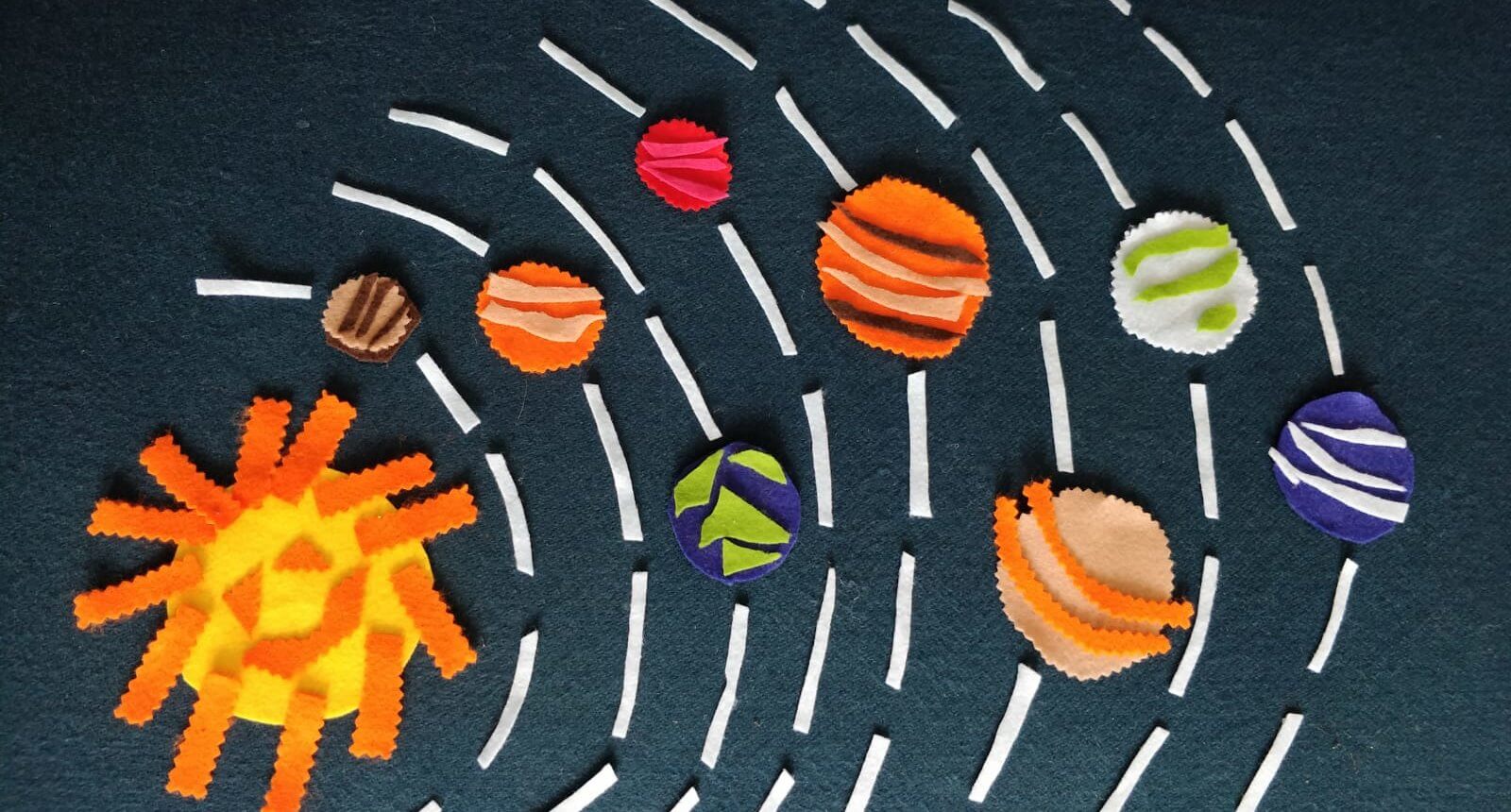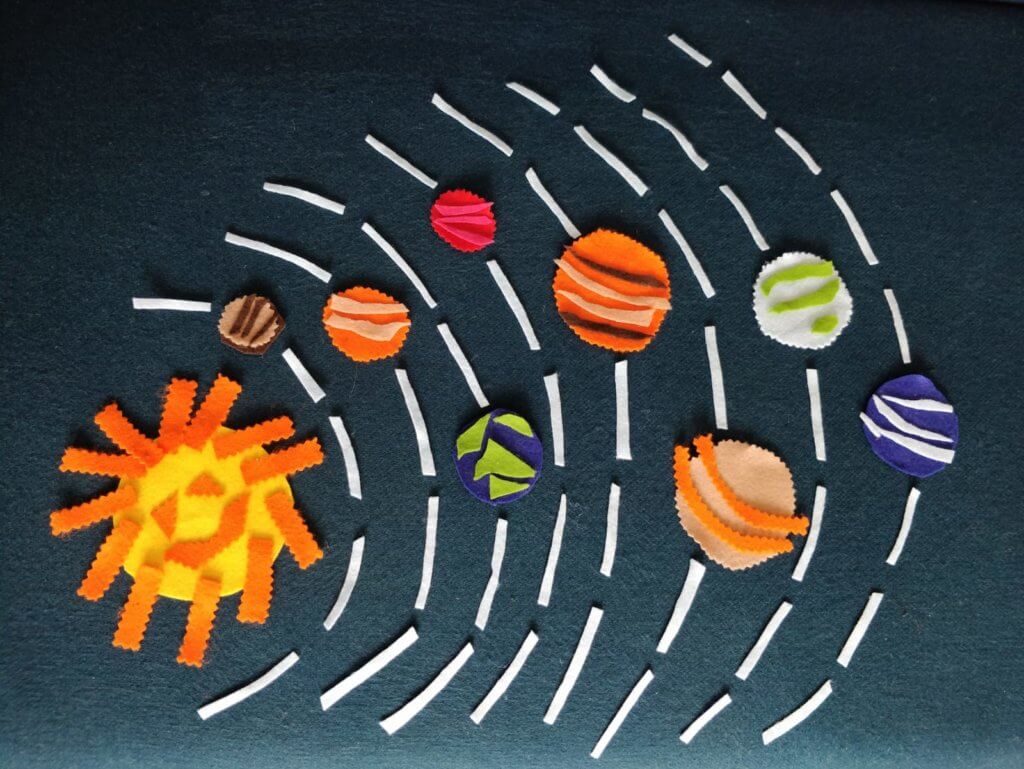What is an Orrery?
Orreries were originally called a planetariums and are a mechanical model of the solar system. They consist of small globes that represent the planets as viewed from outside the solar system and are used to demonstrate the movement of the Earth and Moon around the Sun. Whilst orreries can be accurate at demonstrating the rotation of planets they are not to scale.
They became popular in the 17th century especially after Sir Isaac Newton published his universal theory of gravity in 1687. This was a time of great discovery when men strove to understand the world and universe around them.
The orrery takes it name from Charles Boyle, the fourth Earl of Orrery. The London instrument maker John Rowley made the first modern orrery for him in around 1713, although other planetariums did exist before this.
Many orreries were owned by the wealthy to demonstrate their intelligence and modernity. They were one of the first ways that scientific discoveries could be shared with the masses through public demonstrations and lectures.
The Orrery you see in this video was made in the early 20th century by Philip Son & Nephew Ltd of Liverpool. It was originally powered by clockwork but has been adapted to run on an electric motor in the Victorian Gallery at Salford Museum and Art Gallery.
Solar System Facts
- The solar system is 4.6 billion years old
- The solar system consists of the Sun, planets, dwarf planets, moons, and numerous smaller objects such as comets and asteroids.
- The order of the planets from closest to the Sun outwards is; Mercury, Venus, Earth, Mars, Jupiter, Saturn, Uranus and finally Neptune.
- The largest planet in the solar system is Jupiter, followed by Saturn, Uranus, Neptune, Earth, Venus, Mars with the smallest being Mercury
- 194 moons, 3,583 comets and 796,289 asteroids have been found in the solar system
- The Sun is all the colours mixed together – this appears white to our eyes
- One million Earths could fit inside the Sun
- 70% of the Earth’s surface is covered in water
- Mercury’s craters are named after famous artists, musicians and authors. Can you research who they are and what they did?
- Venus is the hottest planet in the solar system
- There have been more missions to Mars than any other planet
- Saturn has more moons than any other planet in the Solar System
- With the exception of Neptune and Uranus the other 6 planets can be seen unaided and all 8 are visible with a small telescope or binoculars
- Except for the Earth, the planets are named after gods from Roman and Greek mythology
Activity Ideas
Draw the Solar System!
How to draw the solar system
- First, search round your house and the outdoors for different sized circles to draw round for your planets – look for things like coins, cups and lids. Or if you have a compass use that! If you have none of those things you can do them freehand!
- Gather paper, pens and pencils
- Remember – there are eight planets that orbit the sun so make sure you leave enough room on your page to fit them all in!
- The order of the planets from the sun is: Mercury, Venus, Earth, Mars, Jupiter, Saturn, Uranus, Neptune
- The order of the planets from largest-smallest is: Jupiter, Saturn, Uranus, Neptune, Earth, Venus, Mars, Mercury
- To begin your drawing, start with the Sun on the far left of the page. Make sure you draw a large circle to represent its large size but leave enough space on the right side to draw the planets. You could use the largest of the objects you found to draw around or a compass or even freehand! Shade it with red, yellow, or orange to show its hot gases.
- Now draw a small circle to the right of the sun – this will be Mercury. Make sure that it is the smallest among the circles you are about to draw as it is the smallest planet in the solar system. Mercury has a solid outer crust so shade it a dark colour to show this.
- Your next circle needs to be a bit bigger than Mercury – this will be Venus. Venus has clouds of Sulphur dioxide on its surface so shade it with browns and yellows.
- The fourth planet is one that you know well – Earth! I think you probably know what colours to shade this. Earth is very slightly bigger than Venus.
- Now it’s on to Mars! Mars is the second smallest planet of the solar system so draw a circle for Mars which is smaller than Earth and Venus but slightly larger than Mercury. Mars has iron oxide on its surface so shade it with reds and browns.
- Next comes Jupiter to the right of Mars. Jupiter is the largest among the planets and so draw the largest circle but remember that it I still much smaller than the sun – ten times smaller in fact but you don’t have to be that accurate! Jupiter has lots of chemicals in its atmosphere so shade it with a mixture of colours – reds, oranges, yellows and browns.
- Saturn comes next and this is the second largest planet so should be smaller than Jupiter but bigger than the rest. Saturn has rings around it so draw these in and then shade with yellows, greys, browns and oranges.
- Uranus is next to Saturn and is the third largest planet. Uranus is a very icy planet so shade it with blues.
- The final planet is Neptune which is the fourth largest among the planets so make it smaller than Jupiter, Saturn, and Uranus but bigger than other planets. Neptune’s atmosphere contains methane which looks a dark blue color.
- The last thing to add to your drawing is the orbital path for each planet to represent the fact that all of them orbit around the sun. A curved path should be drawn from the top and bottom of all the planets. These paths will go off the edge of the page and towards the Sun. Make sure your paths don’t cross or your planets will bump into one another! Now you have your very own sketch of the solar system!


